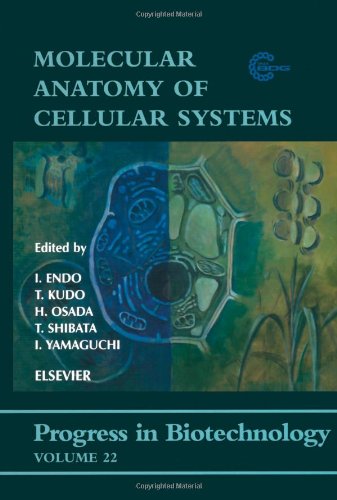

Most ebook files are in PDF format, so you can easily read them using various software such as Foxit Reader or directly on the Google Chrome browser.
Some ebook files are released by publishers in other formats such as .awz, .mobi, .epub, .fb2, etc. You may need to install specific software to read these formats on mobile/PC, such as Calibre.
Please read the tutorial at this link: https://ebookbell.com/faq
We offer FREE conversion to the popular formats you request; however, this may take some time. Therefore, right after payment, please email us, and we will try to provide the service as quickly as possible.
For some exceptional file formats or broken links (if any), please refrain from opening any disputes. Instead, email us first, and we will try to assist within a maximum of 6 hours.
EbookBell Team

5.0
48 reviewsDesign is a leading concept as well as the principal motivation for the creation of artificial systems. A successful design generally requires that the structures and functions of the elements that constitute the system as well as the principles that determine how the elements cooperate together to create function be fully understood. These requirements have not been satisfied within the fields of biotechnology and medicine. Compared to the recent emergence of artificial systems, living organisms acquired their present day structures and functions through evolution over three to four billion years. Despite the fact that the design of living organisms is recorded in the DNA sequence, our understanding of the structures and functions of the elements that constitute living organisms is very limited.
To fulfill the requirements, the following approaches were initiated under a ten-year project entitled "Biodesign Research". Firstly, we tried to isolate and characterize the functional elements that constitute the organelles of various organisms. Secondly, we tried to reconstitute systems that reproduce biological functions in vitro from individual elements in order to understand how the elements cooperate together to yield a function. Thirdly, we attempted to resolve biological structures at various resolutions ranging from the atomic to the cellular level to further our knowledge about the fundamental principles that various functions at the molecular level and to design artificial systems.